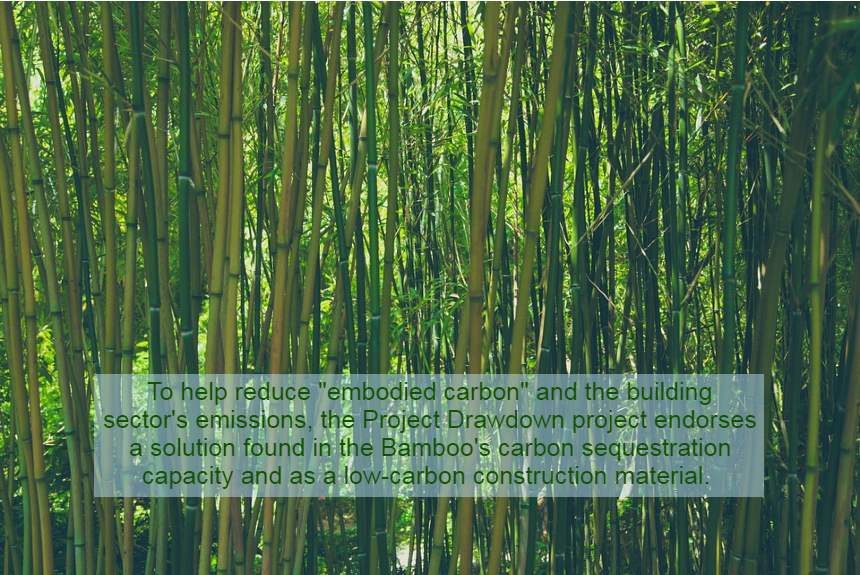The world’s largest bamboo-producing areas, accounting for 80% of the total global production, are in Asia Pacific: China, India, Myanmar, Thailand, Cambodia, the Philippines, Indonesia, Japan, Bangladesh, Laos, Malaysia, and Vietnam.
According to the UN, the region is identified as the face of climate change and the world’s most disaster-prone region. Despite being admired for its rapid economic growth, the region still hosts the most significant number of poor people worldwide.
Climate change is one of the threats facing the region. Natural disasters such as floods, cyclones, and drought cost billions in livelihood and GDP losses, which can undermine the region’s economic growth and progress.
In its report, the World Green Building Council outlines the benefits of the Asia Pacific’s tackling its “embodied carbon” in its built environment and calls for the regions to aspire to a net-zero emission by 2050.
The report calls for the construction sector to embrace a whole-lifecycle approach to carbon emissions, which addresses two types of emissions: those released during operations (energy to heat, cool, and power buildings) and those from manufacturing, transportation, maintenance, and construction, or “embodied carbon.”
According to the report, these emissions contribute 11% of all global energy-related carbon emissions and 28% of the building sector emissions.
To help reduce “embodied carbon” and the building sector’s emissions, the Project Drawdown project endorses a solution found in Bamboo’s carbon sequestration capacity and as a low-carbon construction material.
According to the project, growing Bamboo can rapidly capture CO2 from the atmosphere and store it in biomass and the soil. As a construction material, Bamboo has the “comprehensive strength of concrete and the tensile strength of steel.”
Bamboo grows in various environmental conditions and thrives on degraded lands. After four to eight years after harvest in its mature state, it resprouts and grows again faster than trees.
Regarding the Bamboo’s CO2 sequestration capacity, the project calculates that it can sequester an annual rate of 2 tons of carbon per hectare both in living biomass and long-lived bamboo products, a total of 8.3 to 21.3 gigatons of CO2 sequestered by 2050. They also found that bamboo could be a profitable long-term investment.
It can significantly avoid emissions when used as a substitute for carbon-intensive materials like concrete, steel, and aluminium.
To know more about the benefits of growing and using Bamboo as a low-carbon construction material and how it can mitigate climate change, click the links below:
Sources
Bamboo Resources. (2021). Bothbest Bamboo Flooring. Retrieved from https://www.bambooindustry.com/blog/bamboo-resources.html
New World GBC report outlines how the Asia Pacific can build back better by tackling embodied carbon in built environment. (2020, September 24). Retrieved from https://gresb.com/new-worldgbc-report-how-asia-pacific-can-build-back-better-by-tackling-embodied-carbon/
Bamboo Production. (2021). Project Drawdown. Retrieved from https://drawdown.org/solutions/bamboo-production



Leave a Reply